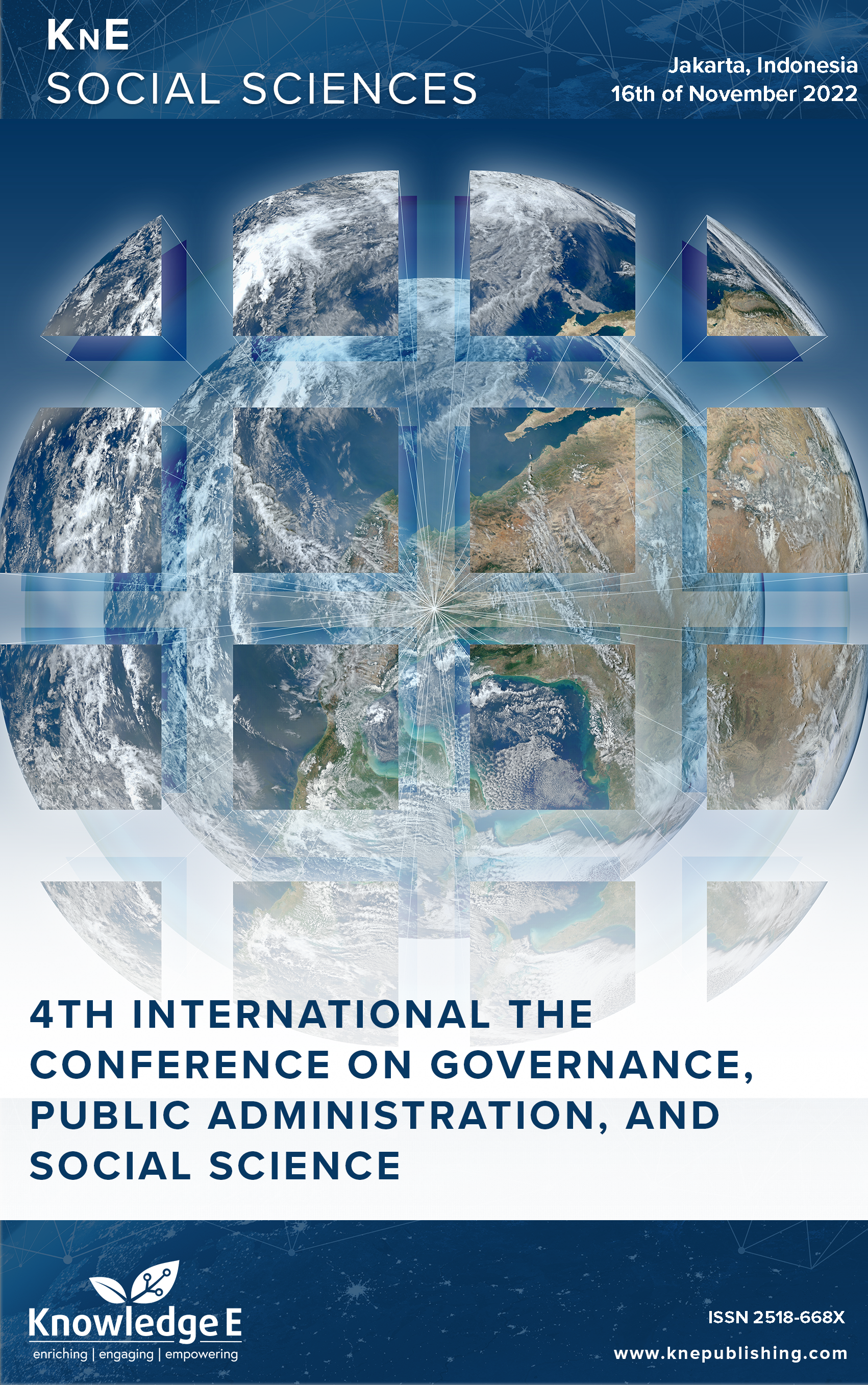Long Journey by VOA (Visa on Arrival)
DOI:
https://doi.org/10.18502/kss.v8i11.13564Abstract
The Covid-19 pandemic has shaken the world since 2020, and has impacted all sectors of life. The mobility of people leaving and entering Indonesia was also affected, which halted the tourism sector and made it unable to support the economy and the welfare of the Indonesian people. The Indonesian government always puts in effort to control the impact of the COVID-19 pandemic, one of which is by issuing policies that follow the overall conditions during the pandemic. Indonesia is one of the popular tourist destinations for foreign tourists from various countries across the globe. Indonesia’s tourism sector is also influential in developing of the country’s creative economy. It is undeniable that the pandemic has drastically impacted Indonesia’s tourism sector. Even though the pandemic is not over yet, most countries in the world, including Indonesia, have relaxed the rules for inbound and outbound mobility for their citizens. Through the Circular of Caretaker Director General of Immigration Number IMI-0708.GR.01.01 of 2022, it is hoped that the function of the Directorate General of Immigration can optimally support government policies as a facilitator of community welfare development with visa on arrival. In addition to providing easy services for foreign tourists who travel to obtain a residential permit, visa on arrival also provides opportunities for foreign tourists to stay for a longer duration in Indonesia. Visa on arrival is valid for 30 days and can be extended once for 30 days, for a total of 2 months or 60 days. This paper provides complete information regarding the VOA policy, since its initial re-issuance in March 2022 until now, in supporting the sustainable tourism sector and attracting tourists to visit Indonesia based on the principle of reciprocity. The COVID-19 pandemic has also brought changes to government policies, including immigration policies in adjusted conditions and onward planning regarding strategies in the development of tourism and creative economy. With 86 countries and 57 entrances presently available, the government’s policy regarding visas on arrival during this pandemic continues to be monitored and evaluated in order for this policy to be implemented effectively according to its objectives. Immigration is ready to support the government program, Recover Together, Recover Stronger!
Keywords: tourism, visa on arrival, immigration service
References
[2] Berliandaldo M, Chodiq A, Fryantoni D. Kolaborasi dan Sinergitas Antar Stakeholder dalam Pembangunan Berkelanjutan Sektor Pariwisata Di Kebun Raya Cibinong INOBIS: Jurnal Inovasi Bisnis Dan Manajemen Indonesia. 2021;4(2):221–34. DOI: https://doi.org/10.31842/jurnalinobis.v4i2.179
[3] Surat Edaran Nomor IMI-0532.GR.01.01 Tahun 2022 tentang Visa Kunjungan Saat Kedatangan Khusus Wisata dalam rangka mendukung Pariwisata Berkelanjutan di Bali pada masa Pandemi Covid19.
[4] Surat Edaran Nomor IMI-0549.GR.01.01 Tahun 2022 tentang Kemudahan Keimigrasian dalam rangka mendukung pariwisata berkelanjutan pada masa pandemic Corona Virus Disease 2019.
[5] Surat Edaran Nomor IMI-0584.GR.01.01 Tahun 2022 tentang Kemudahan Keimigrasian dalam rangka mendukung pariwisata berkelanjutan pada masa pandemic Corona Virus Disease 2019.
[6] Surat Edaran Nomor IMI-0603.GR.01.01 Tahun 2022 tentang Kemudahan Keimigrasian dalam rangka mendukung pariwisata berkelanjutan pada masa pandemic Corona Virus Disease 2019.
[7] Surat Edaran Nomor IMI-0650.GR.01.01 Tahun 2022 tentang Kemudahan Keimigrasian dalam rangka mendukung pariwisata berkelanjutan pada masa pandemic Corona Virus Disease 2019.
[8] Surat Edaran Nomor IMI-0708.GR.01.01 Tahun 2022 tentang Kebijakan Keimigrasian Mengenai Layanan Visa Kunjungan Saat Kedatangan dan Bebas Visa Kunjungan untuk Mendukung Pariwisata Berkelanjutan Pada Masa Pandemi Corona Virus Disease 2019.
[9] Wildani Khotami SE. M.E, Ekonomi Pembangunan, Akademi Maritim Nusantara Banjarmasin, 2019, pp. 6-7.
[10] William N. Dunn, Pengantar Analisis Kebijakan Publik, Edisi Kedua, Gadjah Mada University Press, Yogyakarta, 2003, pp. 24.

